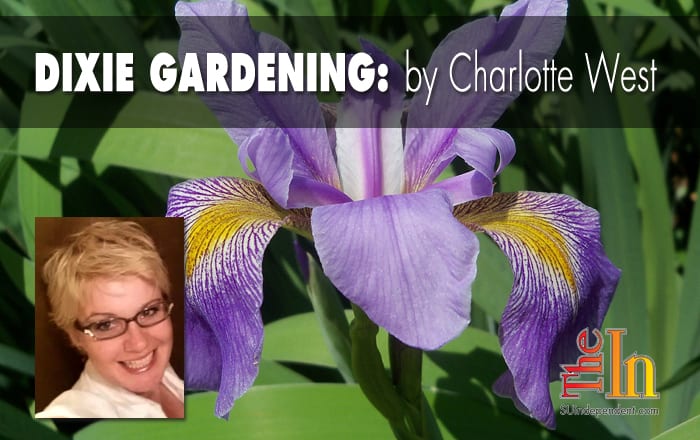
by Charlotte West
In this week’s article, you will learn the five bulb types and how to divide them.
First you have the true bulb. This is a bulb that has an underground stem base, having scales covering the bulb which looks like a papery material. The roots are produced at the bottom of the true bulb. These bulbs are more delicate than the others, so handle with care. And don’t let them dry out. True bulbs like lilies and narcissus can simply be divided by gently dividing from the mother plant.
Next we have a bulb type call corm, such as produces the crocus flower. They have a somewhat swollen stem base from which the roots grow and a growth point at the top. Bulbs falling into the corm type may take two-to-three years to the state of needing dividing. When these bulbs get crowded, you can separate the new corms away from the old.
One common bulb you may be aware of is the rhizome. They have a thick-ended stem, growing partially or entirely underground. The roots of a rhizome grow directly from the underside or side of the bulb. To divide them, cut the sections that have visible growing points. Irises fall into the category of rhizomes, one of the easiest bulbs to grow.
Then there are tuber bulbs, not to be confused with tuberous roots. Begonias are a great example of tubers. They are perennials, making them a great investment, seeing as they get larger each year. To divide tuber bulbs, cut them into sections that have visible growing points.
Finally, there are the tuberous roots bulbs. Unlike the other bulbs, tuberous roots bulbs have growing clusters with swollen portions radiating from a central point, thickened to store nutrients. To divide, cut the root cluster apart so each division contains both roots and part of the stem base. Try to get one or more of the growth buds.
Depending on the type of bulbs, it may take a numbers of years before they require separating. When you notice overcrowding or that the plants seem to decrease in production, then it is time to dig, divide, and replant.
Charlotte West moved to southern Utah in 2004 from the farmlands of southern Arkansas, where cultivating the earth is a way of life. Her experiences give her a unique perspective on how plants grow, adapt, and survive in different climates. She finds great joy in sharing her knowledge with others and tending to her garden. From seedlings to 70-year-old elms, she can help you with your horticulture needs.




